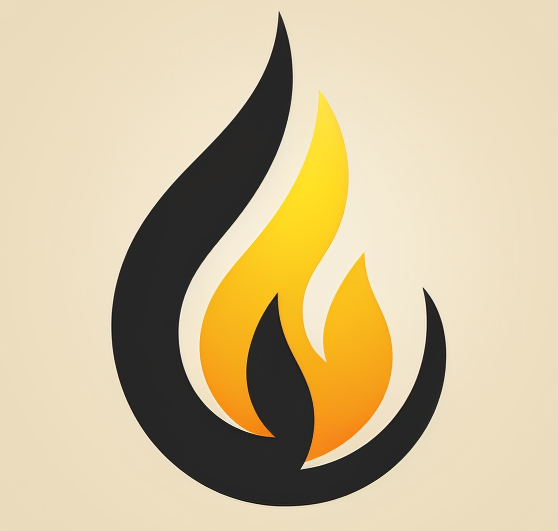Accidents and medical emergencies can happen anytime, anywhere. In addition to having a great fire extinguisher or fire protection system, having a well-stocked first aid kit is a crucial part of preparing for these unexpected events. In this blog post, we’ll discuss the different types of first aid and medical kits, what they typically contain, and how you can supplement them to meet your specific needs.
1. Home First Aid Kits
Home first aid kits are compact and designed to address common household injuries like burns, cuts, and sprains1.
Typical Contents:
• Bandages and adhesive dressings
• Antiseptic wipes and creams
• Tweezers and medical scissors
• Thermometer
• Pain relievers
• Burn ointment
Supplement With: Personal medications, instant cold packs, and a first aid manual1.
2. Workplace First Aid Kits
Workplace kits are comprehensive, designed to deal with a wider range of injuries that may occur in a workplace setting2.
Typical Contents:
• All items in a home kit
• Eye wash solution and eye pads
• Triangle bandages and safety pins
• CPR face shield
Supplement With: Specific items based on the industry, such as nitrile gloves or a defibrillator2.
3. Vehicle First Aid Kits
Vehicle kits are designed for on-the-go injuries, and to sustain a person until help arrives in case of a road accident3.
Typical Contents:
• All items in a home kit
• Reflective triangle and vest
• Emergency blanket
• Tourniquet
Supplement With: Car escape tool, tow rope, jumper cables3.
4. Wilderness/Outdoor First Aid Kits
These kits are for adventurers, hikers, and campers. They’re designed to treat injuries in remote locations far from medical help4.
Typical Contents:
• All items in a home kit
• Snake bite kit
• Insect sting relief pads
• Waterproof container
Supplement With: GPS beacon, flare gun, water purification tablets4.
5. Trauma Kits
Trauma kits, or “Stop The Bleed” kits, are designed to handle severe injuries like gunshot wounds or major lacerations5.
Typical Contents:
• Hemostatic dressings
• Trauma shears
• Chest seals
• Compression bandages
Supplement With: CPR mask, splint, emergency blanket5.
For any kit, it’s recommended to check and replenish the supplies regularly. All medications should be monitored for their expiry dates [6]. Quality maintenance in fire preparedness saves lives! Personalizing your kit based on your family’s or employees’ specific health needs, such as allergies, is also beneficial. Training in basic first aid and CPR can greatly enhance the effectiveness of these kits in an emergency6. Stay safe, stay prepared!
Footnotes
1. American Red Cross. (2023). “Home First Aid Kits.” ↩ ↩2
2. Occupational Safety and Health Administration. (2023). “Medical and First Aid.” ↩ ↩2
3. National Safety Council. (2023). “What You Need In Your Car’s First Aid Kit.” ↩ ↩2
4. Wilderness Medical Society. (2023). “Wilderness First Aid Kit.” ↩ ↩2
5. Stop The Bleed. (2023). “What Is a Trauma Kit?” ↩ ↩2
6. Mayo Clinic. (2023). “First Aid Kits: Stock Supplies That Can Save Lives.” ↩ ↩2
